The ship’s captain had “a black uniform set out with rusty gold lace”, but surely gold doesn’t rust? — from my recent review of ‘The Ghost Ship’ by Richard Middleton, a story chosen by Aickman for the Fontana Great Ghosts series.
THE BREAKTHROUGH by Robert Aickman
“‘I’m not sure that gold does rust, Slow,’…”
This story’s gold does also rust, as slowly as what I have recently discovered to be Aickman’s instinctive absorption by Zeno’s Paradox in his writing of fiction and editing of Fontana, a story’s rusting, that is, from the gold of the first three-quarters towards its final quarter?
My contention is that the first three-quarters approximately of this story represents the finest horror or strange or weird or ghost story in literature; and it would now be lauded as such high and low, but only if Aickman had rounded it off before reaching the more ludicrous aspects in the last quarter, aspects of purging or catharsis, leadership-and-individuals, the ‘crowd power’ of pitchfork locals who are out for hangings or murder, and the narrator’s clumsy dealing with a particular woman or philosophising about women in general…
Meanwhile, therefore, I deal below with the earlier main body of this work, one that is intrinsically disturbing and revelatory: the Aickman masterpiece, in fact. We slowly become aware of the narrator, Mr Walmen van Goort, “a man difficult to surprise either by angel or by devil”, being the village’s educated man, a man of the world, who had travelled in many cities, like loving the ladies of Madrid and having what he describes as his “years of illusion”, and much more — and we also meet the nose-prominent, shrimp-like Reverend Mr Stooling, and the dogged ‘Old Slow’, both classic characters. We also learn of the vital reconstruction of the church and the huge heavy lead globe that the workmen accidentally drop to the church floor, smashing the floor and releasing what fell force by such a fell breakthrough? …
I then sense a clinching redefinition or prophecy, here, of what exactly the nature of today’s co-vivid dream is, and it firstly resides between these two items of dialogue:
“‘Then, you are telling me that all these different fully grown people are having the same nightmare, and a child’s nightmare at that?’
‘No. In this case it is a nightmare for none. It is a reality for all. A reality that is new to most. It is the nightmare come to life.’”
And then this dialogue is interrupted by the narrator seeing a big bee “reclining in the deep dust of the table.”
The co-vivid dream then is said to be “Also about forms of whom people see only the backs and never the faces. Also about rooms turned inside out or upside down: rooms moving from the ground floor to the floor upstairs, or substituting what had been a window for what had been a door.”
All of us can visualise what we see in this story, our own bespoke ghosts, beasts and other horrors — as the characters in the story also do. And we are made to see theirs, too. Horrifically or spiritually nightmarish at the highest point of this master’s conception.
Recognising Hell, while realising you are still in it.
“The truth was so greatly worse that he had suggested, and so greatly different from it, and so greatly greater in all ways.”
Whether the distance of time or the division into quarters are exact, I still wonder. From gold to rust.
“‘I’m not sure that time is the essence, Slow,’….”
***
PS: a quotation from what I consider to be the apocrypha of this story’s final variable quarter:
“‘No, sir,’ said Lewis. ‘It’s not that. We all know that’s in good hands.’”
All my reviews of Aickman: https://dflewisreviews.wordpress.com/robert-aickman/

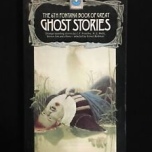
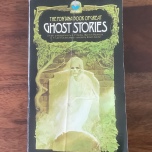
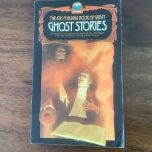
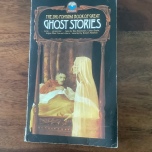
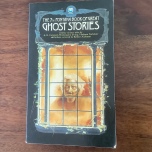
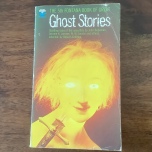

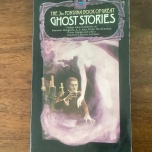
No comments:
Post a Comment